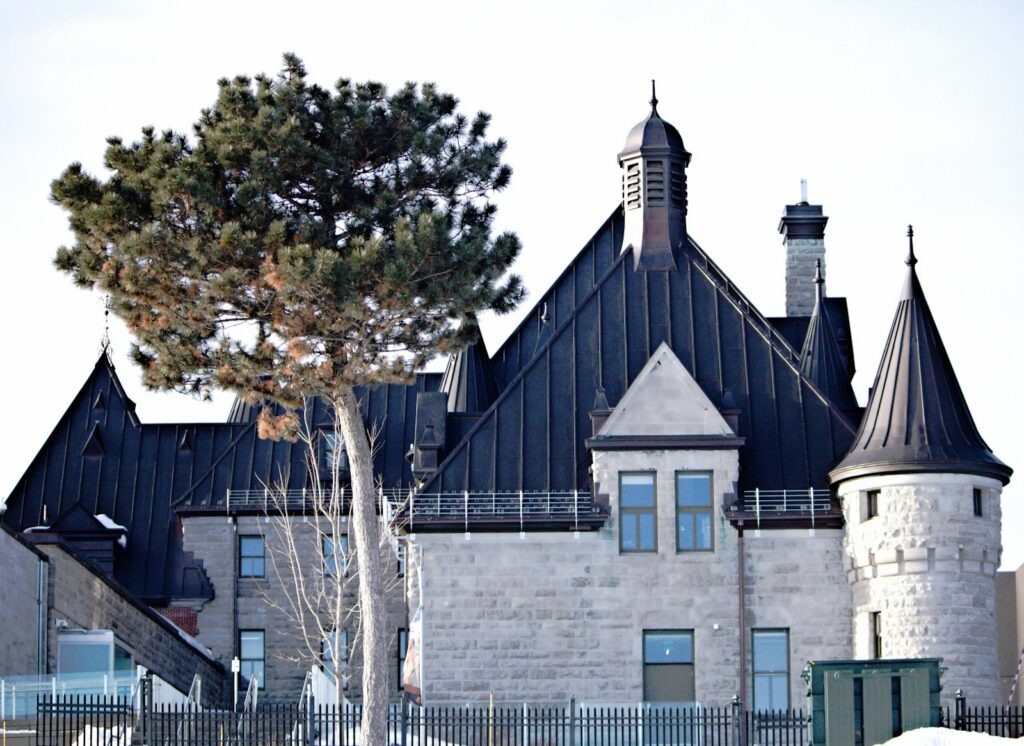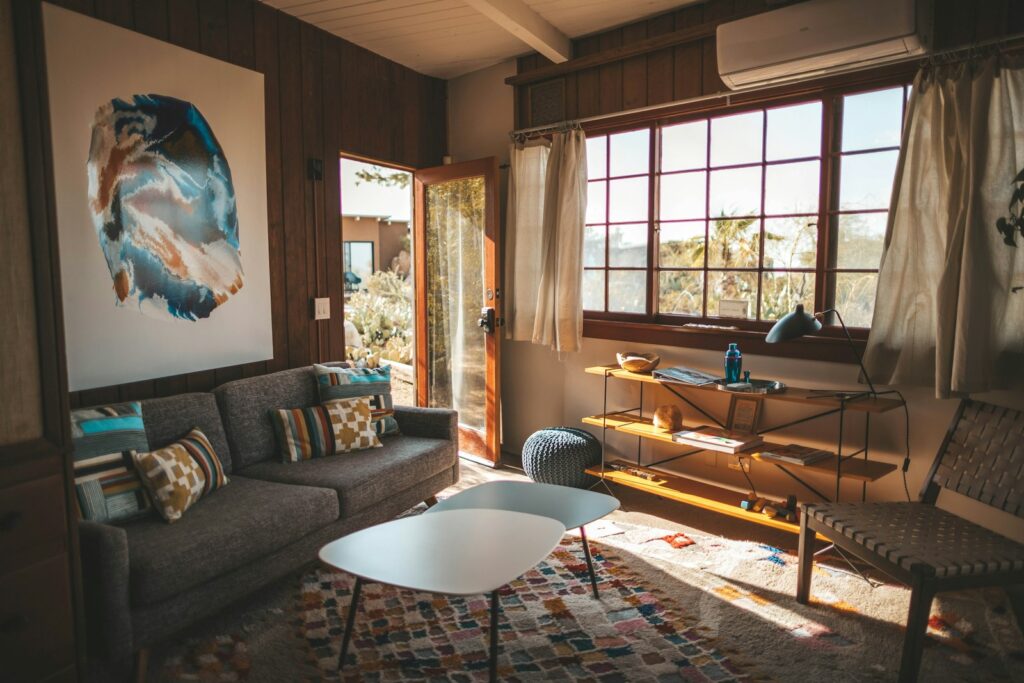Underground Cities: Underneath the surface of bustling cities and serene landscapes lies a hidden world of mystery and intrigue. These subterranean marvels, carved into the earth by ancient civilizations or constructed for modern-day purposes, offer a glimpse into humanity’s ingenuity and adaptability. From ancient troglodyte dwellings to modern underground metropolises, the exploration of these subterranean realms unveils a rich tapestry of history, culture, and innovation.
Unearthing Ancient Wonders
Delving into the Depths of History

Ancient civilizations around the world, from the Hittites in Turkey to the Ancestral Puebloans in North America, crafted elaborate underground cities for various purposes. One of the most renowned is Derinkuyu in Cappadocia, Turkey, an expansive underground complex that could accommodate thousands of people along with their livestock. These ancient troglodyte dwellings served as refuge during times of war, offering protection from invaders and harsh elements.
Discovering hidden treasures
As archaeologists excavate these subterranean sites, they unearth a treasure trove of artifacts and insights into past civilizations. From intricate frescoes adorning the walls of underground chambers to rudimentary tools left behind by early inhabitants, each discovery adds a layer to our understanding of ancient life. Moreover, these underground cities often hold clues to the social structure, religious beliefs, and daily routines of their inhabitants, providing invaluable insights for historians and anthropologists.
Modern Marvels Below Ground
From Bunkers to Urban Oases
While ancient underground cities evoke a sense of history and nostalgia, modern subterranean structures serve practical purposes in today’s world. Underground bunkers and shelters, once associated solely with military installations and Cold War paranoia, now serve as refuge from natural disasters and terrorist threats. Additionally, cities like Montreal and Helsinki have embraced the concept of underground urbanism, creating vast networks of underground pedestrian walkways, shopping malls, and transportation hubs.
Harnessing Technology for Subterranean Living

Advancements in engineering and construction have made it possible to build complex underground structures with ease. From the world’s deepest underground railway station in Kiev, Ukraine, to the futuristic underground city of Montreal’s RESO, technology has revolutionized the way we interact with and inhabit the subterranean world. Moreover, sustainable design principles are increasingly being incorporated into underground architecture, offering environmentally friendly solutions for urban development and reducing the ecological footprint of cities.
Challenges and Controversies
Balancing Preservation with Development
The exploration and excavation of underground cities present unique challenges, particularly regarding preservation and conservation efforts. Striking a balance between uncovering historical treasures and protecting fragile artifacts requires careful planning and expertise. Additionally, conflicts often arise between developers seeking to repurpose underground spaces for commercial ventures and preservationists advocating for the preservation of cultural heritage.
Environmental Concerns and Safety Considerations

While underground cities offer innovative solutions to urbanization challenges, they also pose environmental and safety concerns. Poor ventilation, limited access to natural light, and the potential for geological instability are among the factors that must be addressed in the design and construction of subterranean structures. Moreover, the long-term sustainability of underground living requires careful management of resources and waste disposal systems.
In Conclusion, The exploration of underground cities offers a fascinating journey through time and space, revealing the ingenuity and adaptability of human civilization. From ancient troglodyte dwellings to modern subterranean metropolises, these hidden realms hold secrets waiting to be unearthed. As we continue to delve into the depths below, let us embrace the challenges and opportunities that lie beneath our feet, forging a path towards a sustainable and resilient future.
FAQs (Frequently Asked Questions) About Underground Cities
Are underground cities safe to inhabit?
While modern underground cities incorporate advanced safety features, such as ventilation systems and structural reinforcements, safety concerns still exist. Proper planning and engineering expertise are essential to ensuring the structural integrity and safety of subterranean structures.
What are the environmental benefits of underground living?
Underground living offers environmental benefits such as energy efficiency, reduced urban sprawl, and the preservation of green spaces on the surface. Additionally, underground cities can mitigate the impact of climate change by providing shelter from extreme weather events.
How do archaeologists excavate underground cities without causing damage?
Archaeologists use a variety of techniques, such as ground-penetrating radar and laser scanning, to map and survey underground sites non-invasively. Excavation methods are carefully chosen to minimize damage to fragile artifacts, with meticulous documentation of each discovery.
Are there any underground cities still in use today?
Yes, several underground cities are still in use today for various purposes, including transportation, commercial activities, and residential living. Montreal’s RESO and the underground cities of Cappadocia are notable examples of thriving subterranean communities.
What challenges do urban planners face when designing underground cities?
Urban planners face challenges such as ensuring adequate ventilation and natural light, addressing safety concerns, and integrating underground infrastructure with surface-level development. Balancing the needs of inhabitants with environmental sustainability is also a key consideration in underground city design.


